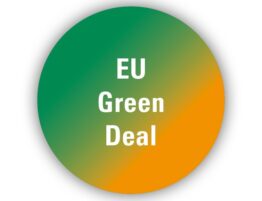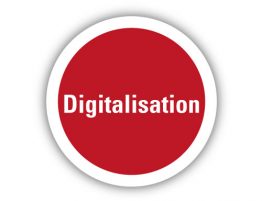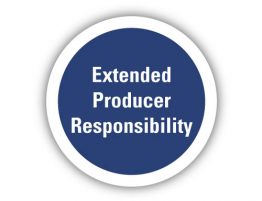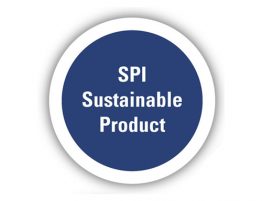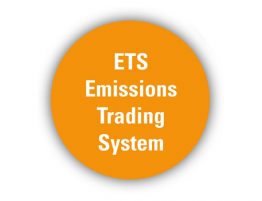Regulation on the establishment of a framework to facilitate sustainable investment (EU) 2020/852
This regulation is intended to establish a common language for sustainable finance (i.e. taxonomy) to define what is sustainable and identify areas where investment can make the biggest impact. It is expected to create EU labels for green financial products, allowing investors to identify investments that comply with green or low-carbon criteria and will clarify the duty of asset managers and institutional investors to take sustainability into account.
According to the European Commission, a European sustainable taxonomy would mean a uniform and harmonised classification system determining which activities can be regarded as sustainable. This approach is expected to set the global benchmark for sustainable finance and to introduce coherence in the current patchwork of labels and methodologies used in Europe.
The technical work is developed by a Technical Expert Group (TEG) established by the European Commission, but the final implementation is done through delegated acts drafted by the European Commission (TEG deliverables are not binding) and then subject to the scrutiny of the European Parliament and Council (approval or rejection without any possibility for amendments).
The preliminary work set the environmental objectives of the framework:
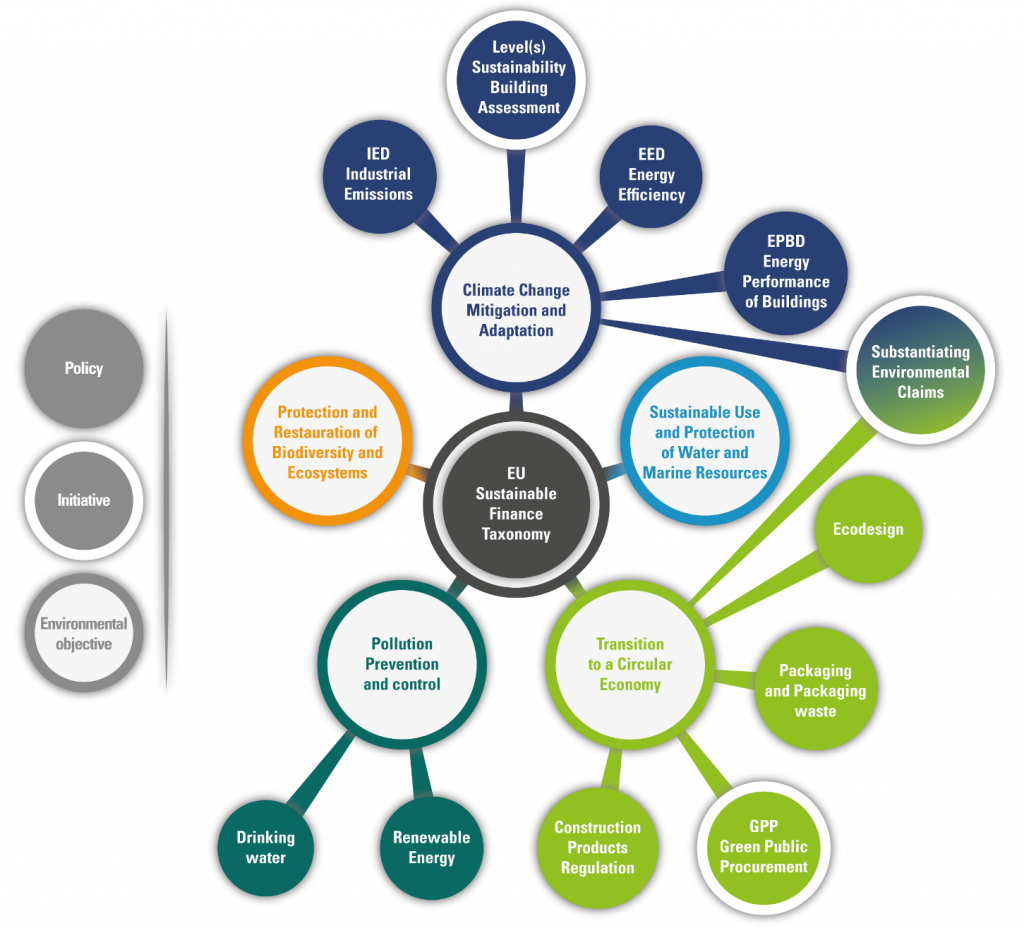
Connection between taxonomy objectives and EU policies and initiatives
In order to qualify, economic activities as sustainable they will have to fulfil the following requirements:
- contribute substantively to at least one of the environmental objectives;
- not significantly harm any of the environmental objectives;
- be carried out in compliance with minimum social safeguards;
- comply with specific ‘technical screening criteria’.
While the intentions and goals of the initiative have a clear merit, the approach should use existing assessments and methodologies to set the criteria. Otherwise, it may result in a parallel and potentially contradicting regulatory framework which may undermine the credibility of the industry and reduce competitiveness due to the additional efforts required to adapt to the new system.
Coherence with other regulatory and non-regulatory frameworks
is the crucial taxonomy implementation challenge
The delegated act on climate change mitigation and adaptation refers to indicator 1.2 from Level(s) as the methodology to be used for the assessment of the Global Warming Potential of buildings and to Energy Performance Certificates (EPC) developed according to the Energy Performance of Buildings Directive but this alignment requires continuous monitoring of the European Commission activities to ensure the system is coherent. This task is difficult considering the overarching approach of the regulation which includes in the construction sector manufacturing processes of some construction products, buildings and civil engineering works. The legislative acts address sustainability under a broad perspective covering environmental impacts, circularity, dangerous substances, etc.

